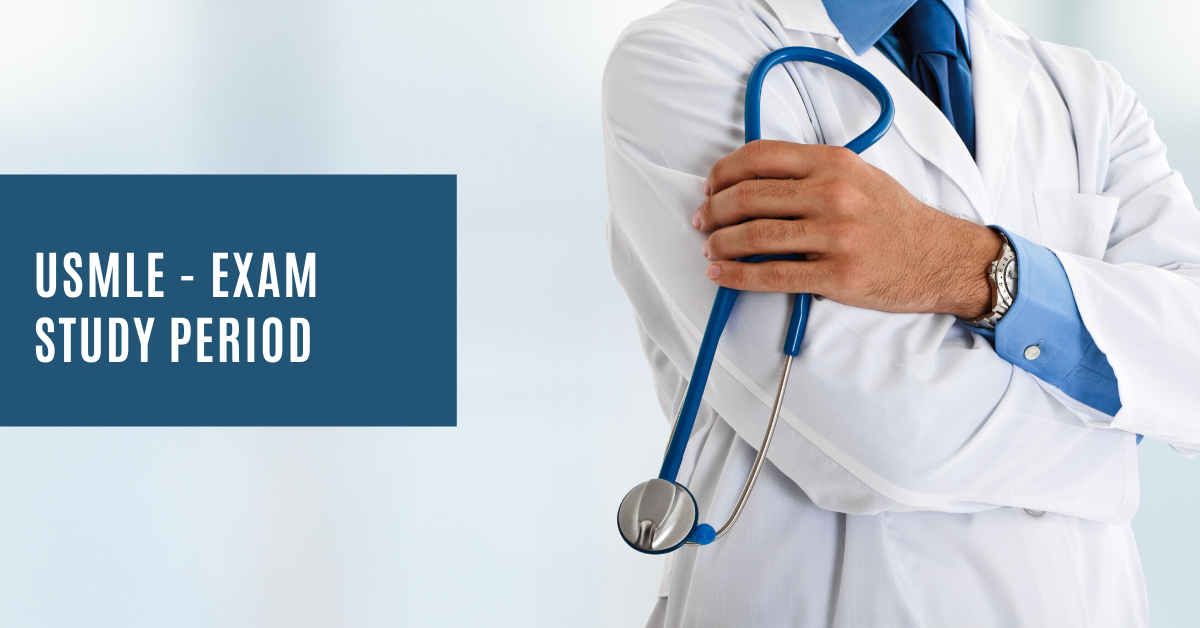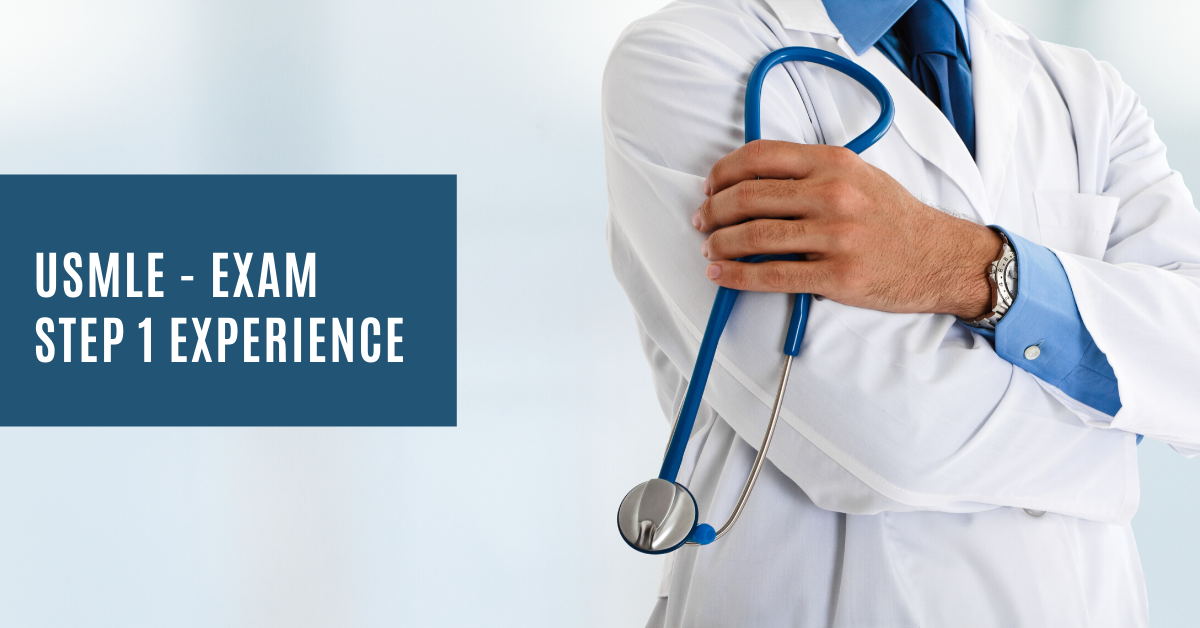Okay! Now I could literally fill up an entire page again on my experience on…

Study Period
Subject – 7 months of intensive preparation and time management
PHASE 1
I had started doing the Kaplan lectures and taking down notes into the Kaplan books since May 2015. Since I had to manage other academic and extra-academic stuff with it, it went a little slow.
Nevertheless, I managed to complete most of the important subjects (except physiology) by the end of Jan 16 (the year of my step exam).
Annotate as much as you can from the lectures. It is better to be thorough in the beginning rather than incomplete later on. It takes some time but it is worth it in the end. Serves as a good reference book once you start solving the tests and you need to get a few concepts clear.
PHASE 2: January ‘16– June’16 (First week)
This was a very important period for me as I had to finish up all the Kaplan notes, BRS for physiology, High yield neuroanatomy, Goljan for pathology along with videos of Dr. Najeeb.
I had also started reading first aid sometime around the early part of May.
Dr. Najeeb’s videos were extremely useful for some chapters of physiology like Respiratory (highly recommend), Renal, Cardiovascular (ECG) and any other system which you are particularly weak at. Again, this is very time consuming because you need to take down notes for the same, BUT they are totally worth it.
Lectures for reproductive and endocrine physiology and GI physiology are a waste of time and I do NOT recommend doing them. You can refer to the Kaplan videos for the high yield systems for physiology if time permits.
With reference to Dr. Najeeb’s videos, neuroanatomy requires a special mention. His lectures on intracranial hemorrhages, spinal cord lesions, meninges and the vestibular system are the only ones I could do due to a time constraint.
But his neurology lectures are pretty elaborate and I would recommend doing most of them only if you have started your preparations in advance and can spare time for these. Now you can do away with these lectures as the neuroanatomy questions that show up on the main exam are relatively simple. But that is my perspective and opinions may vary.
This was also the time when I finished reading Goljan for pathology. Again, a time-consuming process but a one-time thorough reading is definitely recommended.
The Kaplan Q bank was particularly useful during this period as it helped me apply what I was reading and also helped me with time management. I never faced a time crunch for any test- Neither U world nor NBME’s and neither on the main exam.
PHASE 3
I started solving my U world Q bank (3-month subscription) in mid-June.
Now, this is a MUST-DO for the exam. There is no escaping this and each and every question needs to be solved and reviewed at least once.
I solved the tests on the Timed mode. Initially, I would combine 2 systems together and solve tests until I had about 80-100 questions pending per system. Now, this number is variable as some systems have a lot of questions but others have very few.
So be judicious and careful. The last 30 tests or so that I solved were mixed like they show up on Step1.
Reviewing the tests is a task and it took me practically 4.5-5.5 hours to review each test. I would practically write down every little detail form u world into my FA. I had to attach at least 5-6 extra sheets per chapter to fit in the notes after there was no more space left on the FA pages.
But doing this helped me a lot like my first time doing U World was very thorough and I could read up my notes every time I revised first aid.
FA is the only book recommended while you’re in the whole U World phase because you need to get through with FA and you practically do NOT have the time to read anything else, especially if you’re still a student. You cannot compromise your academics at any cost because they matter equally.
PHASE 4
26th July onwards till the date of my main step (1st September).
This is the time to solve NBMEs, Kaplan simulated exams, Uworld self-assessments and also continue revising FA. I did the whole of FA thrice. A minimum of 2 readings is essential. You can revise the U world tests if you want to during the last 1.5 months.
This is a timeline of my tests and the scores on each (All taken in the year 2016)
- Kaplan simulated taken on score 81%
- NBME 15- (August) 258
- NBME 16- (August) 261
- NBME 17 – (August) 258
- UWSA 1 – (August) 261
- UWSA 2 – (August) 259
- UWorld Total – 81%
- UW LAST 30 TESTS – 79%
- Kaplan Q Bank Solved 64%. SCORE 72%
Now a lot of people wonder what a good score is and many times get de-motivated with their NBME or UWSA scores.
“The deal here is NOT the individual scores but your progress and consistency.”
If you are scoring in the lower range (220-230) in your first NBME, your scores are bound to increase in the subsequent ones. So try and maintain a graph that is positive and if you have reached a point of saturation (255+) try and maintain that.
The length of the questions on the main step corresponds to the length of the UWSA questions, but the difficulty is more along the lines of the NBME’s.
The key here is to NOT get bothered, even if your scores are below your expectations. You have to work hard, keep going and give it your best shot on the main exam.
Go through the heart sounds over and over again and also the CTs, MRIs, and other images.
There is a discrepancy between my test scores and my actual score. This is because, while doing these practice tests, I realized that I had a crazy tendency to over-analyze the questions and keep changing my answers and that actually got me a lot of incorrect questions.
So I restrained myself from last-minute changes and went with my gut feeling. It was a risky move but it paid off for me. So try and analyze why you are going wrong and work towards correcting them your way.



